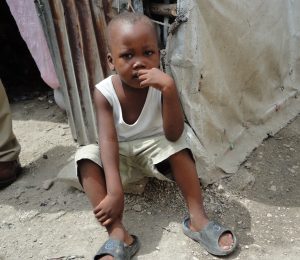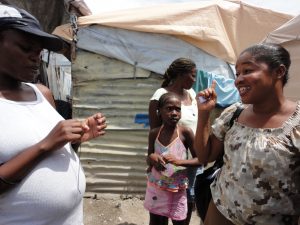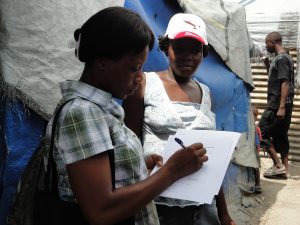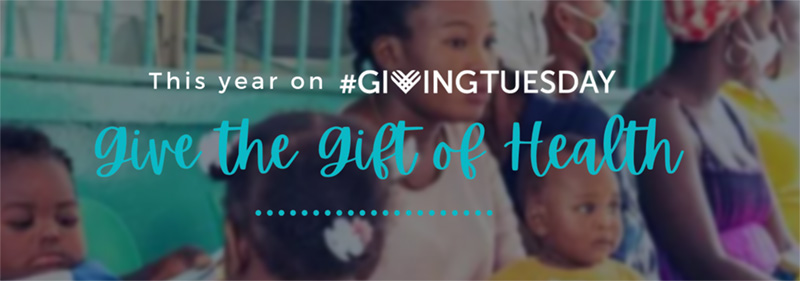“Are we there yet?,” How many times have you heard your kids ask this question while en route to your destination? The same question is being asked in the arenas of global development with respect to the 2015 Millennium Development Goals (MDGs) and improving international development efforts. To be clear, while the MDGs are the closest road map we have to taking a bite out of globabl poverty, they are by no means comprehensive in outlining what is needed to make the world in which we live a more equitable, peaceful and safe place.
As The Lancet aptly points out in its recently published <a href="http://www click over here now.thelancet.com/journals/lancet/article/PIIS0140-6736%2812%2962092-3/fulltext” target=”_blank”>“A manifesto for the world we want” , there are things we need to attend to that fall outside the carefully worded MDGs that are still critical for a world we want to leave out children. Front and foremost is the role of women in society and the need to provide them the basic rights to education, health and employment that men enjoy. The Lancet calls for integrated development efforts; women need basic health, education and job opportunities to break the cycle of poverty in to which they are born. You cannot have one without the other two and expect a woman to be able to overcome the obstacles to moving beyond her economic station. As we move into this holiday season and reflect on that for which we are most thankful, let us also renew our pledge to those women and children in developing nations who do not yet have a voice and cannot lift themselves out of the impoverished slums, squatter camps and underdeveloped villages into which they were born. “Are we there yet?” No we are not, but we are getting ever closer to our destination: A world we want.



